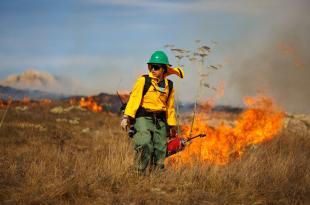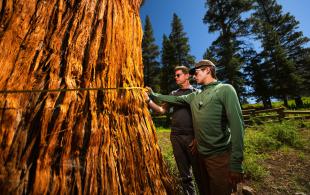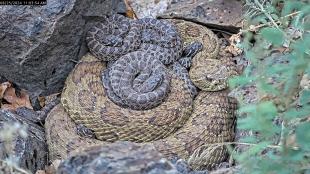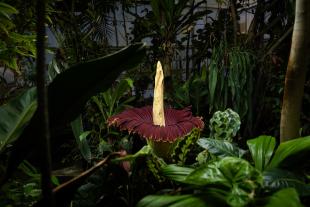Will This Winter's Gloom Bring Super Blooms? Botany Professor Explains
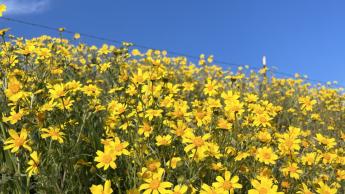
California is a hotspot for diverse plant life — and the unusually wet and prolonged rainy season the state has seen this year may bring it into bloom.
Biological Sciences Professor Jenn Yost says she and her colleagues are anticipating a big flower event this spring — but it may happen later and go longer than usual due to the ongoing rain.
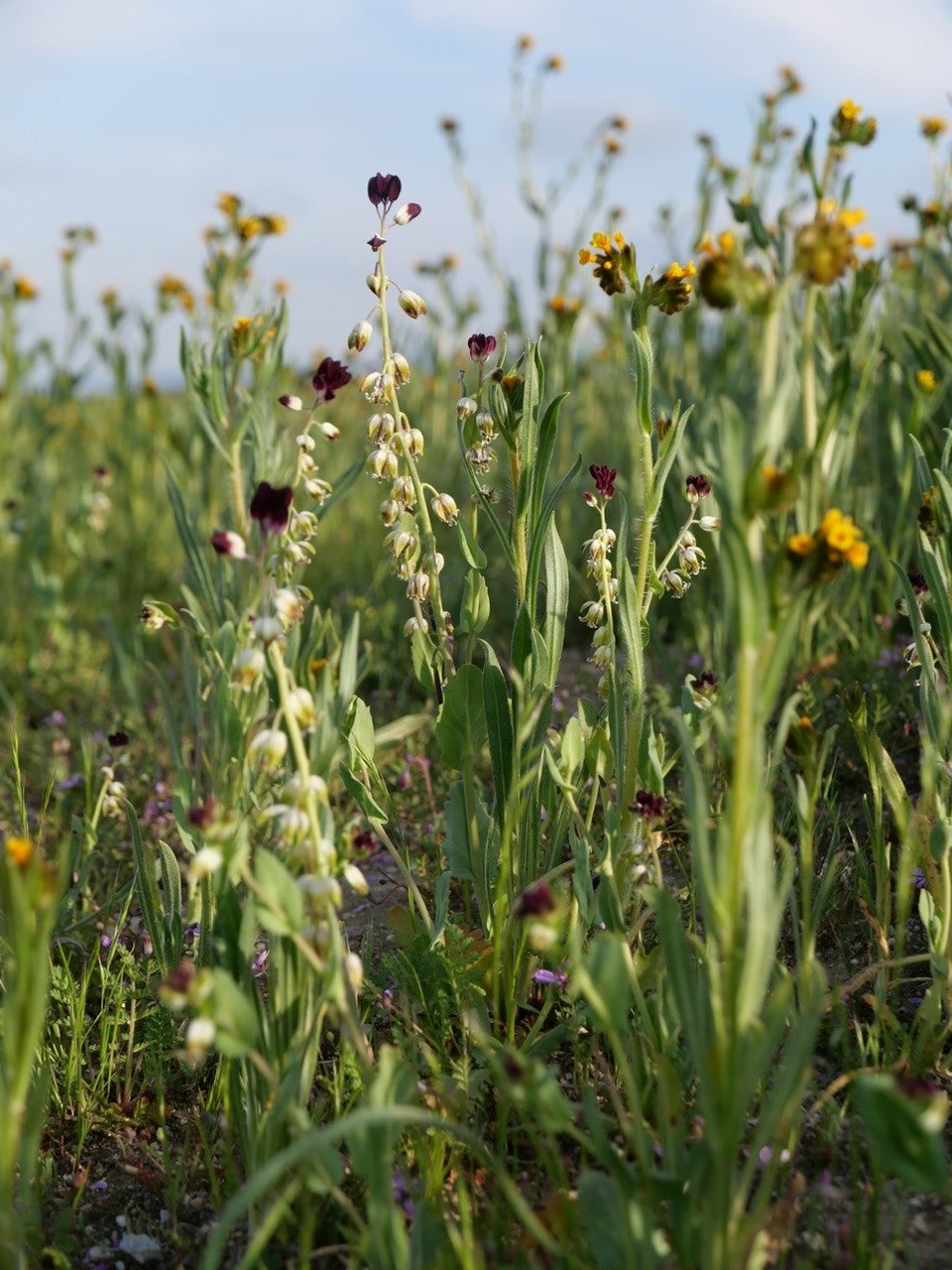
“Our plants are used to dealing with drought, so they grow and grow as much as they can for how much water there is and then when they start to run out of water they reproduce, flower and die,” Yost said. “But if there are abundant resources and they’re not drought-stressed, then they can grow really big, mostly vegetative growth of leaves. That allows them to store up more energy for an even bigger reproductive output. That may be what’s happening right now.”
Does that mean a stunning superbloom is in store? Maybe — but Yost says it’s still too early to tell.
“For many places in San Luis Obispo County, this is the wettest year ever recorded,” she said. “Since we have never gotten this much rain in these places before, it’s hard to know how plants will respond and that makes it a very, very exciting spring.”
California has a Mediterranean climate, so nearly all of the rain falls in the winter and summer is very dry. Thirty percent of the state's plants are annual, meaning they only live for one season. The winter rains causes the seeds in the ground to germinate. The plants grow roots and leaves for as long as they can until they begin to flower in the spring. By the end of spring, the flowers have been pollinated, fruit has been made, and they drop new seeds that stay in the ground through the long hot summer, waiting to restart the cycle for the next year. These annual plants make up California’s superblooms, Yost said.
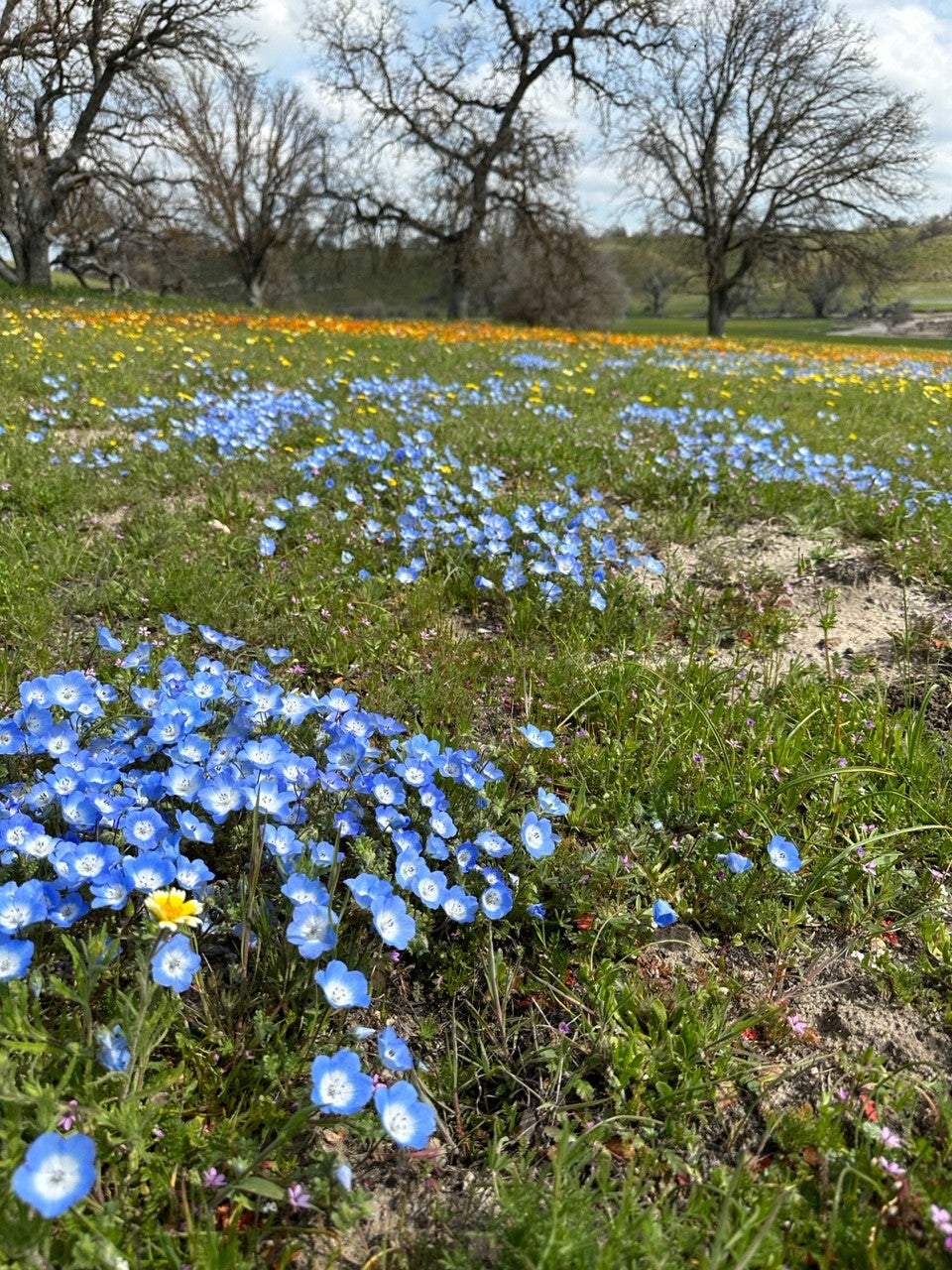
One of the side effects of prolonged drought is that a lot of annual plants exist in the ground as seeds for a while because there’s not enough rain to begin germinating. Scientists call it a seed bank, which accumulates over time — especially in dry years.
“It’s really hard to study the seed bank in general, so we don’t know how long a seed can stay in the ground and still germinate,” Yost said. “But there’s a buildup of seeds in the seed bank and then when you have a really great water year, all those plants that were dormant break dormancy and then you get a great superbloom.”
In fact, after a particularly wet year in the early ‘90s, botanist and Biological Sciences Professor Emeritus David Keil rediscovered a species of poppy on the Carrizo Plain that had been presumed extinct, Yost said.
"Botanists tend to get really excited about years like this because plants that might not come up every year when rains aren’t good tend to come up when it’s wet,” she said.
This winter quarter, during her Plant Taxonomy class, every plant has been “out and big and available,” she said. “It’s been gangbusters.”
She’s also excited about a rare plant near the Carrizo Plain, the Camatta Canyon amole, which she and her students have been studying for the past two years.
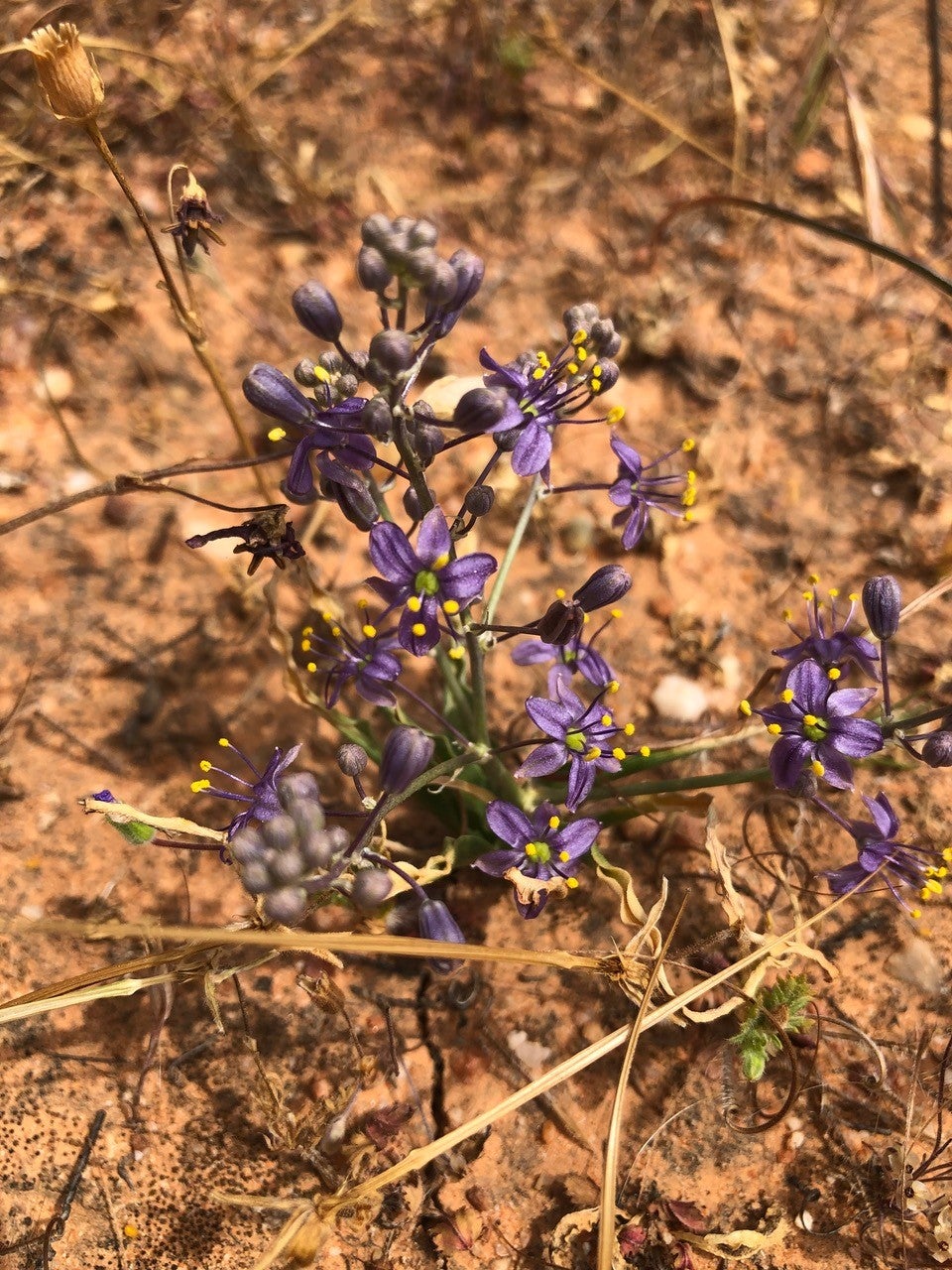
“It’ll be really exciting to go and see if this wet weather will bring back individuals we didn’t know were there. That’s our hope,” she said.
Another thing that’s interesting about this year’s rainy season is the length of it. In years where all the rain is concentrated into a brief span, the plants all flower at once. That won't be the case this year, Yost said.
“Each species has its own window of flowering. In this year, all of those windows are drawn out, so every species will flower a little bit longer than typical and be more varied,” she said, adding that it’s worth going out to the wildflower spots multiple times. “It likely won’t be a superbloom where you go out once and you say, ‘I saw it’. You’ll go one week and see the purple flowers, then another week the orange flowers, then another week you’ll see the yellow flowers. It’ll be really fun to see that change.”
Yost said she hopes the blooms coincide with her Field Botany class in the spring quarter, and estimates that April will be “pretty spectacular.”
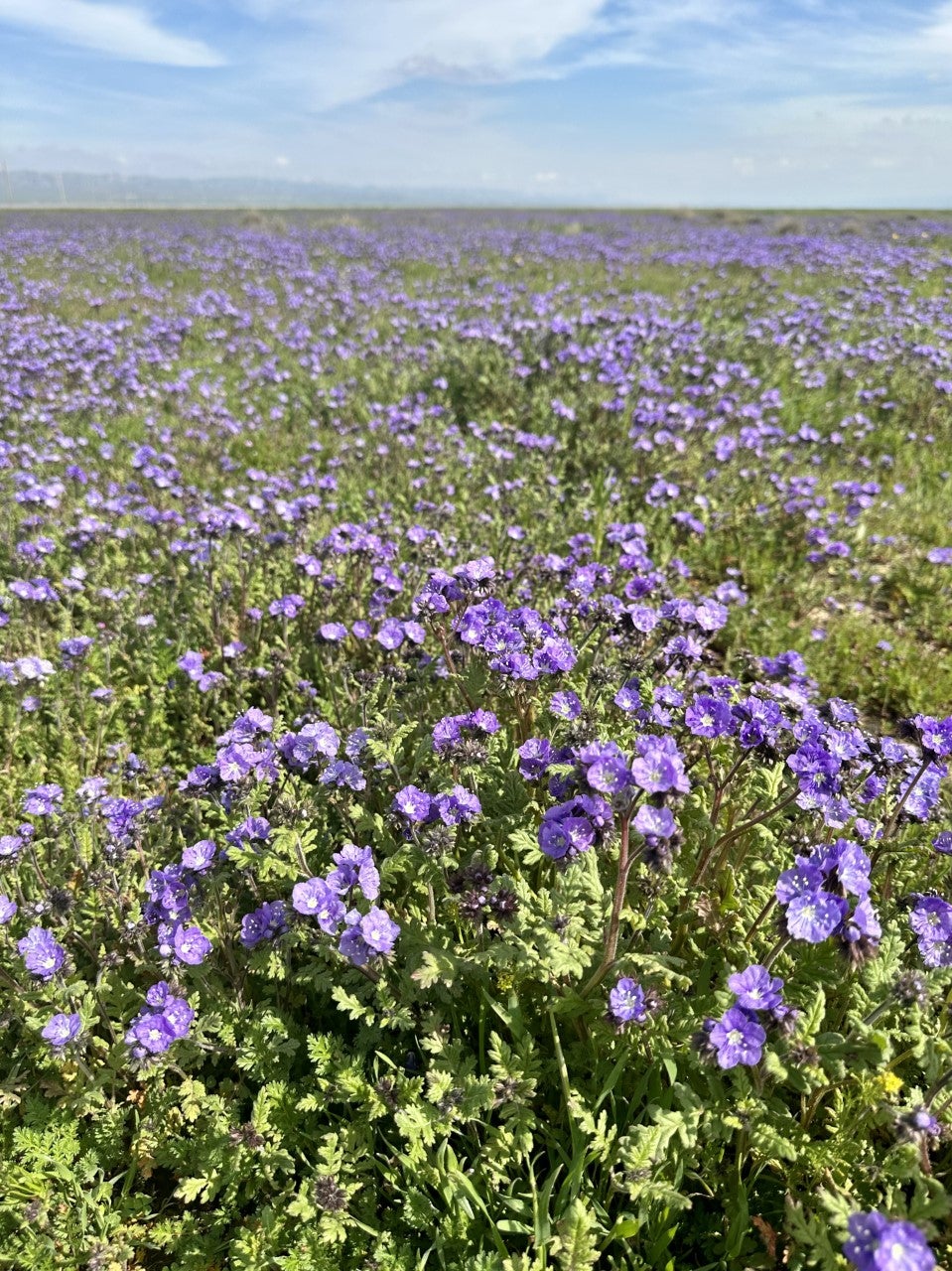
Her advice for any flower-seekers: stay on the road or on established trails, and take pictures — not flowers.
“If you trample a plant before it makes it seeds, it doesn’t contribute any seeds to the seed bank. You basically stop it from reproducing if it gets trampled,” she said.
And next time you see a field of wildflowers, remember that you’re looking at a slice of pre-colonization California.
“What California looked like before ranching came to the state is this big mystery,” she said. “What we are certain of is the wildflower fields today are much smaller remnants of what would have been the vast San Joaquin Valley, full of unbelievable color.
“It’s still wonderful that some of that persists and we get to see it during the wet years.”
Editor's Note: The header image for this story shows yellow hillside daisies along Shell Creek Road and was taken by Natalie Love.
Want more Learn by Doing stories in your life? Sign up for our monthly newsletter, the Cal Poly News Recap!

